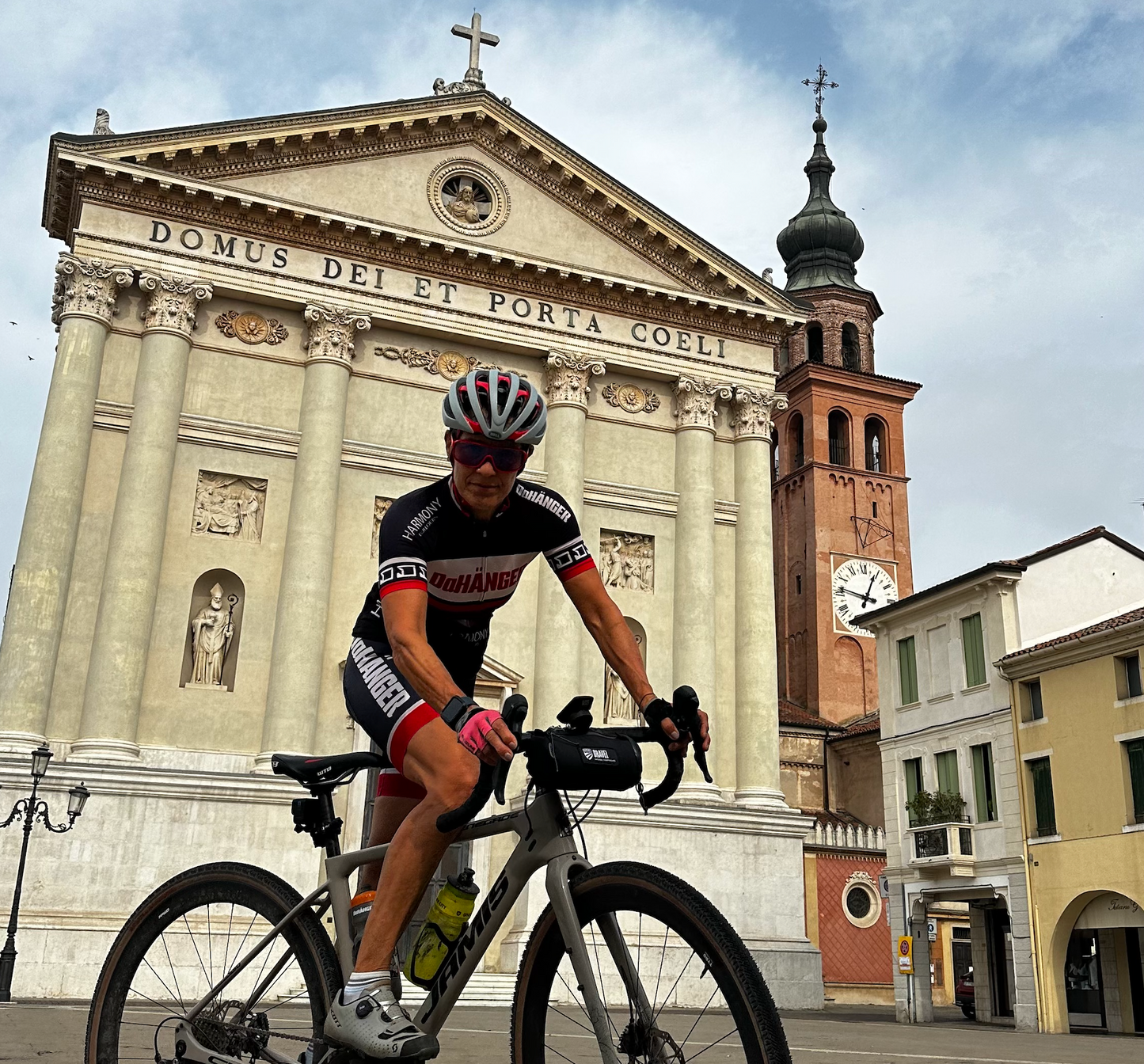
Pedal hook systems are a beautiful way to hang your bike and are easy to install. They are also the most space saving low cost storage option for your home and garage, freeing up floor space while showcasing the bike.Pedal hooks systems consist of three parts, one hook and two wheel shelves.
There are different versions for Mountain Bikes or Road Bikes and different applications like narrow hallways or overlapping multiple bikes.
You should always start at the top and work your way down. Hanging the first bike as high as possible will give more space and room for the bike below to be taken on and off the pedal hooks. One of the most frequently asked questions is:
Can I hang a lightweight bike without hitting studs?
The answer is: MAYBE. We recommend getting two screws of the pedal hook into a stud when dealing with a hollow core wall (like Sheetrock), but for lightweight bikes like these, everything can be installed with the supplied mollies, if done correctly.
We also recommend hand tightening the screws, since some of the new screw guns are so powerful that they will strip out the mollies immediately. Since there are many variables like, ...we don't know who installed your sheetrock? ...and how skilled are you in using wall anchors? ...our answer to “do I need to hit studs? will always be MAYBE. We have installed many bikes without, but still recommend screwing two out of the four pedal hook screws into a stud if possible.
Our top tip to mark the location of the first pedal hook is to stick a loop of painters tape to the edge of the pedal. Hold the bike up and touch the wall with the pedal placing the painters tape on the wall.
This will be the location of your first pedal hook. Mark the holes, pre-drill with a 1/4" drill bit and install the mollies. Place the pedal hook over the mollies and hand tighten the screws.
Next you want to take your bike, turn the pedal facing the wall to the 12 o’clock position, grab the fork and the seat tube, lift it up and set the pedal into the hook.
Rotate the bike into the position desired, this can be from level to a 45 degree angle and let go of the bike. Be careful as some bikes can rotate and slide on the wall depending on wall surface and tire grip. (a second person holding the bike can be helpful)
Now that the bike is in its desired location, you can slide the wheel shelves behind the tires and mark the location with painters tape.
Remove the bike, mark the holes for the shelves. Drill holes, install mollies, hand tighten screws and attach the shelves.
You have now completed the installation of one BigRing pedal hook system.
If you are adding additional bikes below, adjust the pedal hook to keep the upper bike as close as possible to the wall. This will give you more space for overlapping.
Hold the second bike in place roughly overlapping at a height where the handlebars are close to the hub of the bike above. If you're trying to squeeze every inch out of the space because of a low ceiling height, you can offset the hooks a little by bringing the handlebars just behind the front hub of the bike above.
Once you settle on the location you can hold the bike place and mark the pedal location with painters tape.
Now repeat the same steps of the installation above and don’t forget to extend the foot plate to the second or third position, depending on handlebar width.
This will complete the installation of the second bike.
If you have enough ceiling height, you will be able to fit another bike below this.
There is no limit to the number of bikes you can hang like this. As long as you have a way to reach them the sky's the limit.



